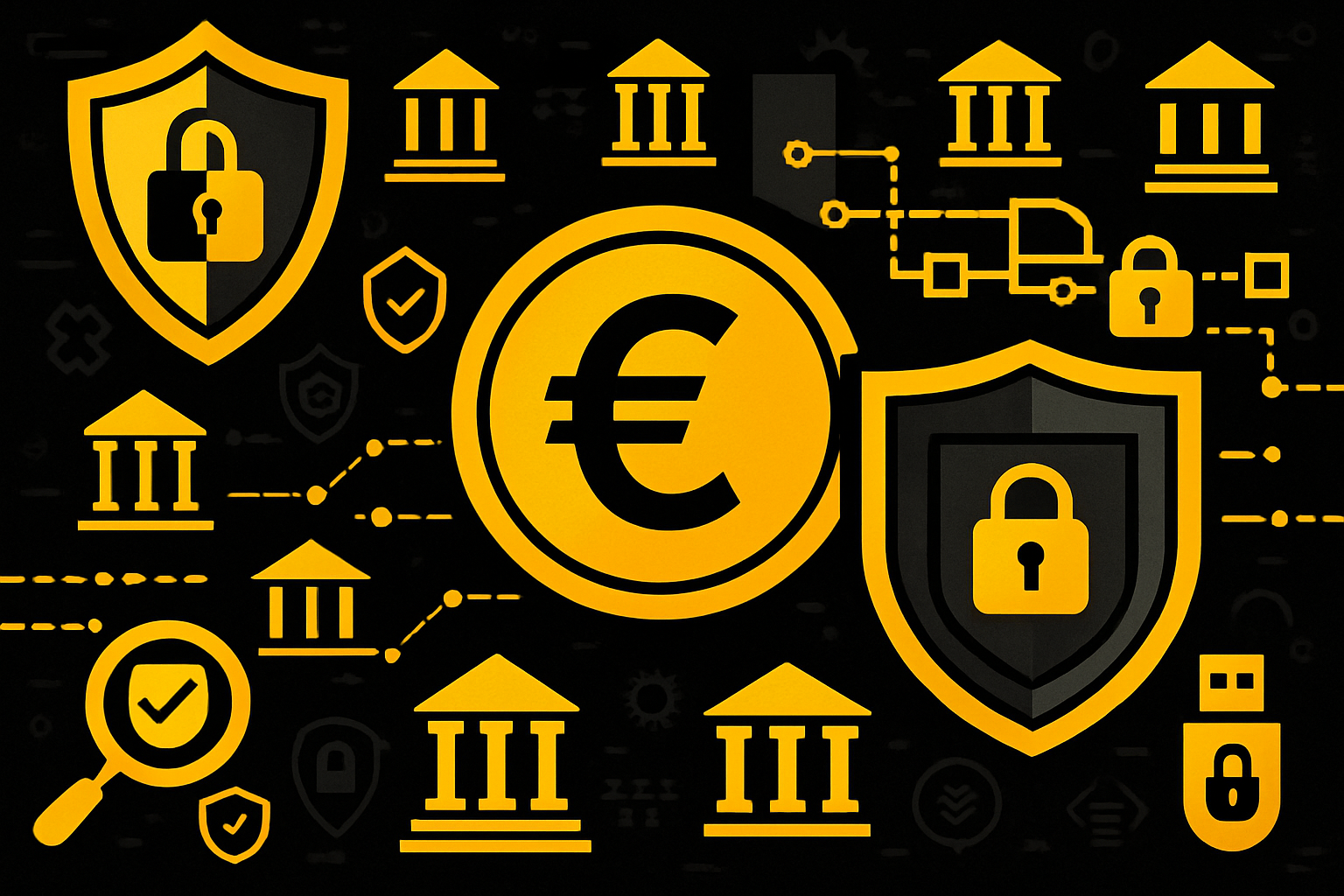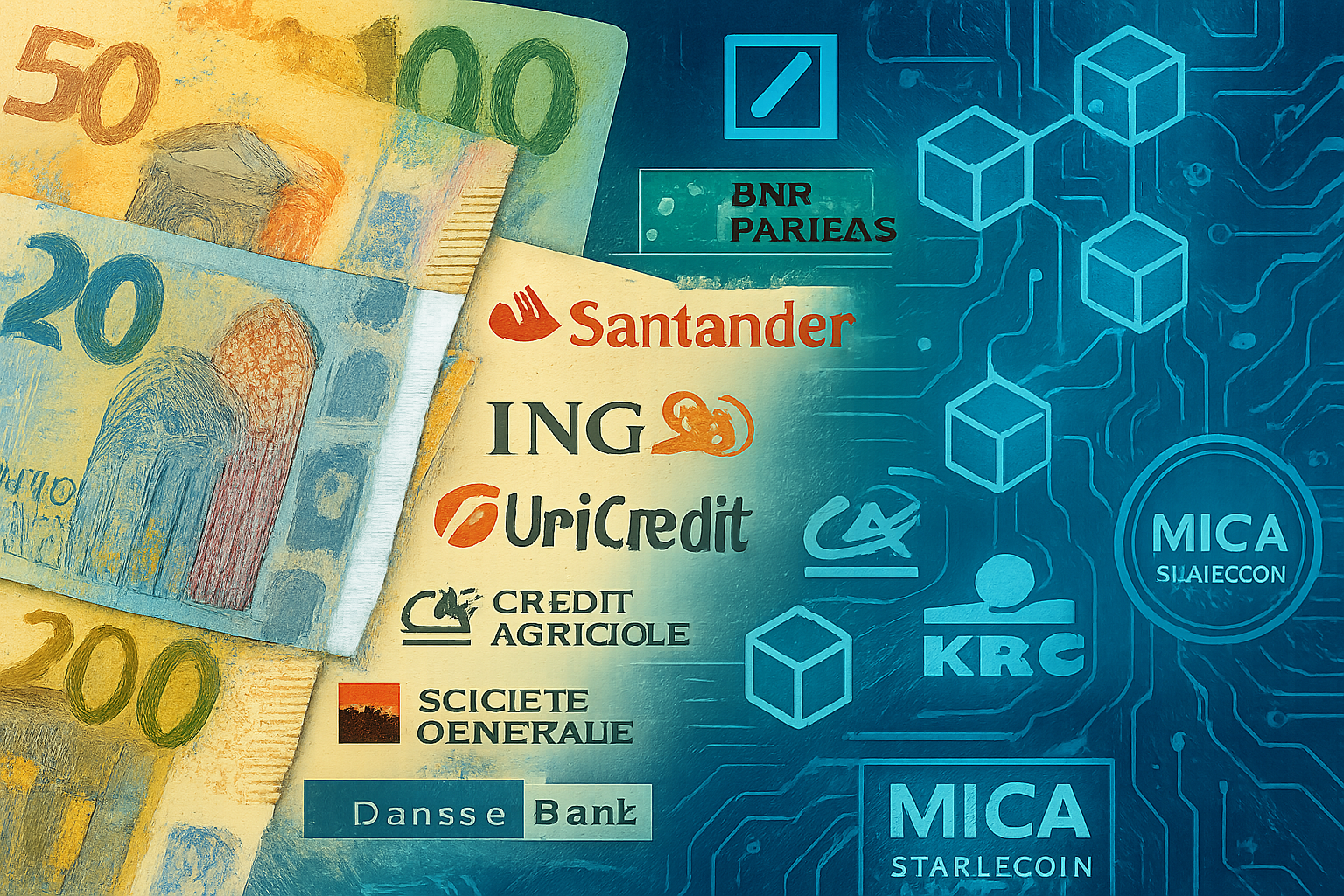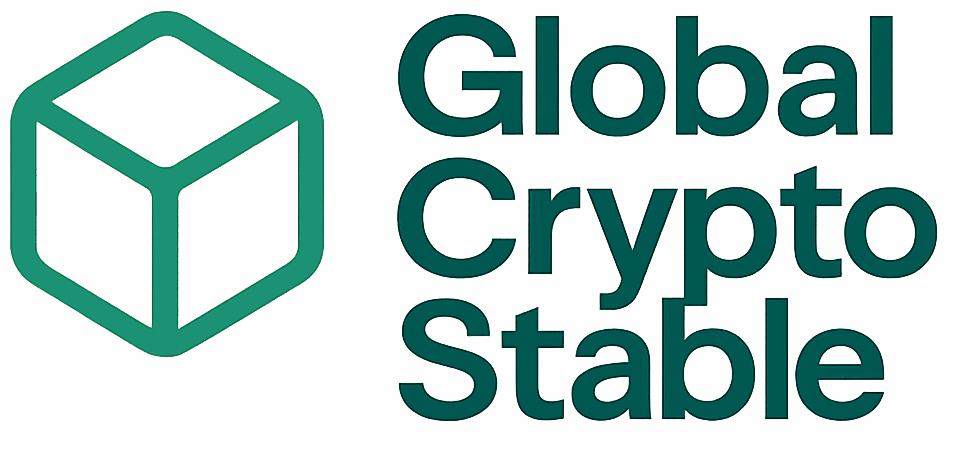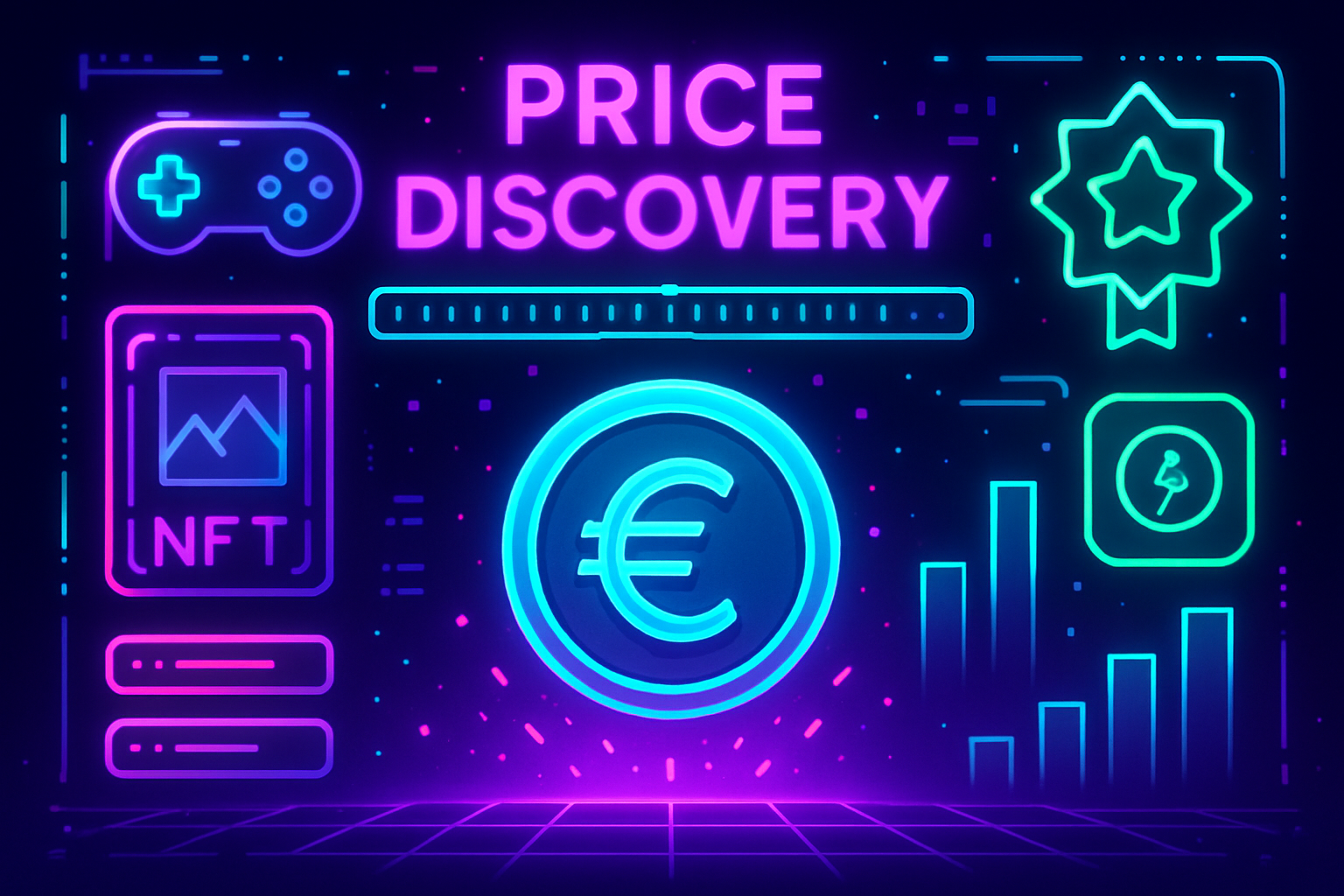MiCA-Compliant Euro Stablecoins: How 9 European Banks Are Shaping the Future of On-Chain Finance

The euro stablecoin revolution is gathering momentum, and the driving force behind this seismic shift is a powerful alliance of nine leading European banks. In a bold move to reshape on-chain finance and challenge the dominance of US dollar-backed tokens, these institutions are spearheading the launch of a MiCA-compliant euro stablecoin, set to debut in 2026. This initiative comes at a pivotal moment, as Europe seeks to assert its strategic autonomy in digital payments and provide credible alternatives for crypto investors, traders, and enterprises seeking non-USD stablecoin solutions.

The Power Players: Nine Banks Uniting for Digital Euro Leadership
Let’s get specific about the consortium shaping this future. The nine banks at the heart of this project are: Deutsche Bank, BNP Paribas, Santander, ING Group, UniCredit, Crédit Agricole, Société Générale, KBC Group, and Danske Bank. Each institution brings its own expertise, market reach, and credibility to the table – but together, they form an unprecedented coalition. Their shared goal? To launch a fully regulated euro stablecoin that will be available 24/7, programmable for modern treasury needs, and trusted by both institutional and retail users across Europe.
This project is not just about launching another digital asset. It’s about establishing a new European payment standard that leverages blockchain technology for instant cross-border settlements, supply-chain automation, tokenized asset trading, and more. By anchoring their token 1: 1 to the euro and backing it with robust reserves under MiCA rules, these banks aim to offer stability that rivals or exceeds anything currently on the market.
MiCA Regulation: The Bedrock of Trust in European Stablecoins
The Markets in Crypto-Assets Regulation (MiCA) sets the gold standard for how digital assets should be issued and managed within the EU. For these nine banks, compliance isn’t just a box-ticking exercise – it’s their value proposition. Under MiCA, issuers must hold fully backed reserves, obtain e-money licenses from central authorities (in this case, the Dutch central bank), and adhere to strict transparency as well as anti-money laundering protocols.
This regulatory clarity is what sets Europe apart right now. While other regions wrestle with fragmented rules or regulatory uncertainty, these banks are moving forward with confidence – knowing that their euro stablecoin will meet both legal requirements and user expectations for safety. As MiCA comes into full effect by 2026, expect this framework to become a magnet for institutional capital seeking compliant exposure to digital euros.
Strategic Vision: Challenging Dollar Dominance and Enabling On-Chain Innovation
The timing of this consortium’s announcement couldn’t be more strategic. With USD-based stablecoins like USDT and USDC commanding massive liquidity across global DeFi platforms – but also facing regulatory headwinds – Europe’s banking giants see an opportunity to carve out their own space in on-chain finance. By offering a credible euro-pegged alternative that’s trusted by regulators and institutions alike, they’re positioning themselves as leaders in both compliance and innovation.
This move isn’t just defensive; it’s deeply forward-looking. The programmable nature of their planned stablecoin means it could power everything from automated supply chain payments to real-time settlement of tokenized securities on permissioned or public blockchains. That opens up new frontiers for decentralized finance (DeFi), enterprise blockchain adoption, and cross-border commerce within Europe – all while reducing reliance on non-EU providers.
- Read more about how these nine banks are collaborating here
- Explore how MiCA regulation will shape Europe’s digital asset landscape here
As the consortium forges ahead, the market is watching closely for how this euro stablecoin will integrate within existing financial infrastructures. Each member bank, Deutsche Bank, BNP Paribas, Santander, ING Group, UniCredit, Crédit Agricole, Société Générale, KBC Group, and Danske Bank, brings unique strengths to the table. From Deutsche Bank’s global settlement network to ING’s digital innovation labs and Santander’s cross-border payment expertise, this alliance is primed to deliver a solution that isn’t just regulatory-compliant but also deeply functional for real-world use cases.
Programmability is a game-changer. Imagine treasury operations that execute automatically based on smart contract triggers or supply-chain payments released instantly upon verified delivery. With MiCA’s strict rules around reserves and transparency, European corporates and fintechs can finally access programmable money with institutional-grade assurance, something that has long been missing from the euro stablecoin landscape.
Beyond Payments: Unlocking Institutional Adoption and New Markets
The implications reach far beyond consumer payments. By providing a trusted settlement asset for tokenized bonds, equities, and other digital securities, these nine banks are laying the groundwork for Europe’s capital markets to move fully on-chain. This could dramatically reduce friction in secondary trading, collateral management, and cross-border asset transfers, all while ensuring every transaction remains within Europe’s regulatory perimeter.
Institutions have been waiting for a euro stablecoin with this level of credibility. The fact that it will be available 24/7 opens up new possibilities for after-hours trading and instant settlement in both traditional and decentralized markets. For DeFi protocols seeking deeper euro liquidity or FX desks looking to hedge non-USD exposures with digital assets, this is a pivotal unlock.
The ripple effects are already being felt as other major players like BBVA announce their own MiCA-stablecoin plans. The message is clear: Europe is no longer content to play catch-up in digital assets, it’s setting new standards for transparency, compliance, and utility.
What Comes Next? Opportunities and Open Questions
With launch slated for 2026, the next eighteen months will be critical as these banks finalize technical integrations and secure regulatory approvals. Key questions remain around interoperability with existing blockchains (public vs permissioned), user onboarding processes across different EU jurisdictions, and how liquidity incentives might attract DeFi builders away from USD-pegged alternatives.
Yet one thing is certain: this initiative marks a historic turning point for non-USD stablecoins in Europe. By leveraging the combined trust of nine powerhouse banks, and anchoring every token to robust MiCA standards, the stage is set for exponential growth in euro-denominated digital assets.
If you’re a trader looking to diversify your stablecoin holdings or an institution exploring on-chain treasury solutions in euros rather than dollars, now’s the time to pay attention. The future of regulated digital money in Europe is being written today by Deutsche Bank, BNP Paribas, Santander, ING Group, UniCredit, Crédit Agricole, Société Générale, KBC Group, and Danske Bank. Their collective vision could redefine what it means to transact securely, and seamlessly, across borders in the digital age.




